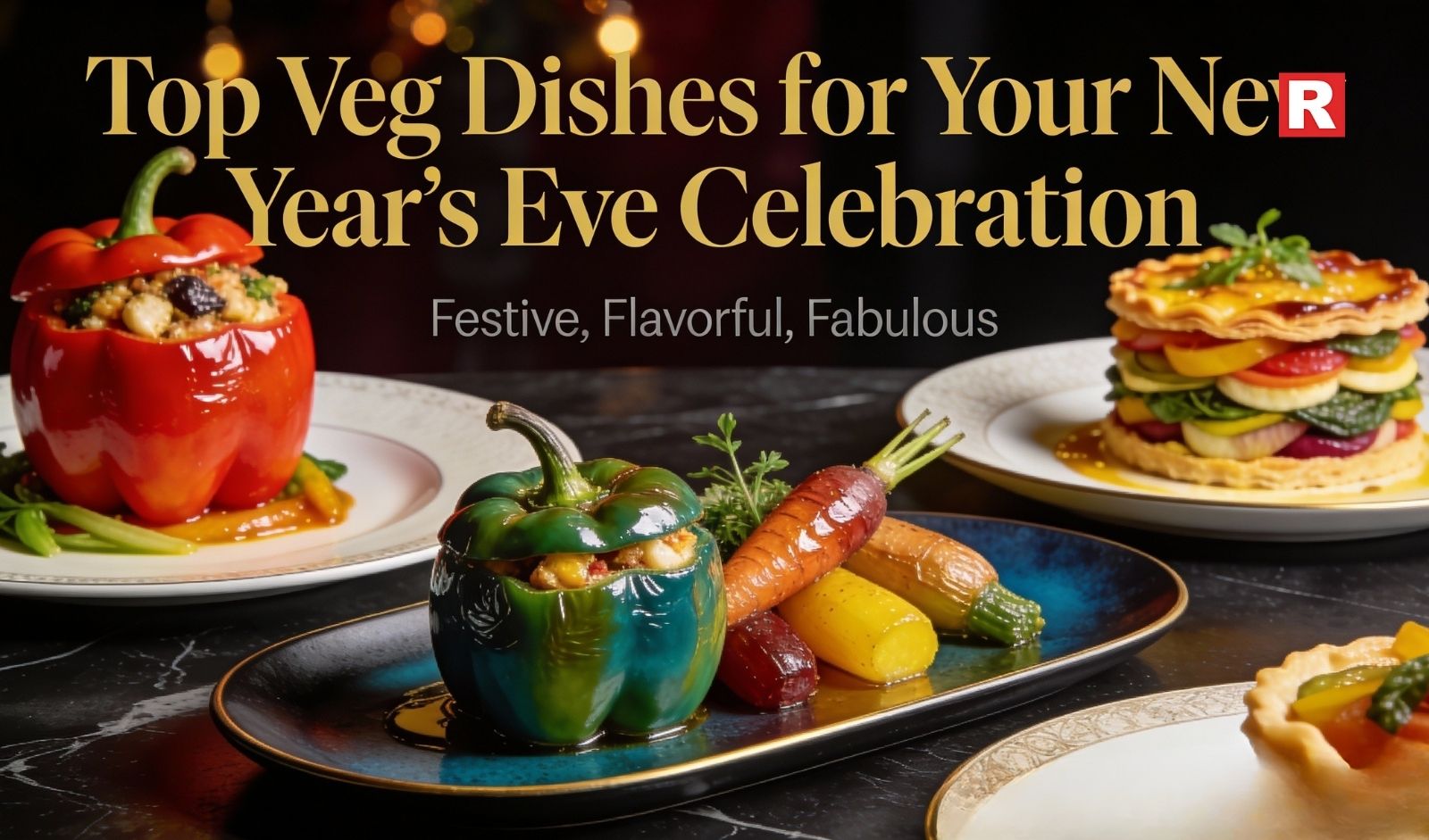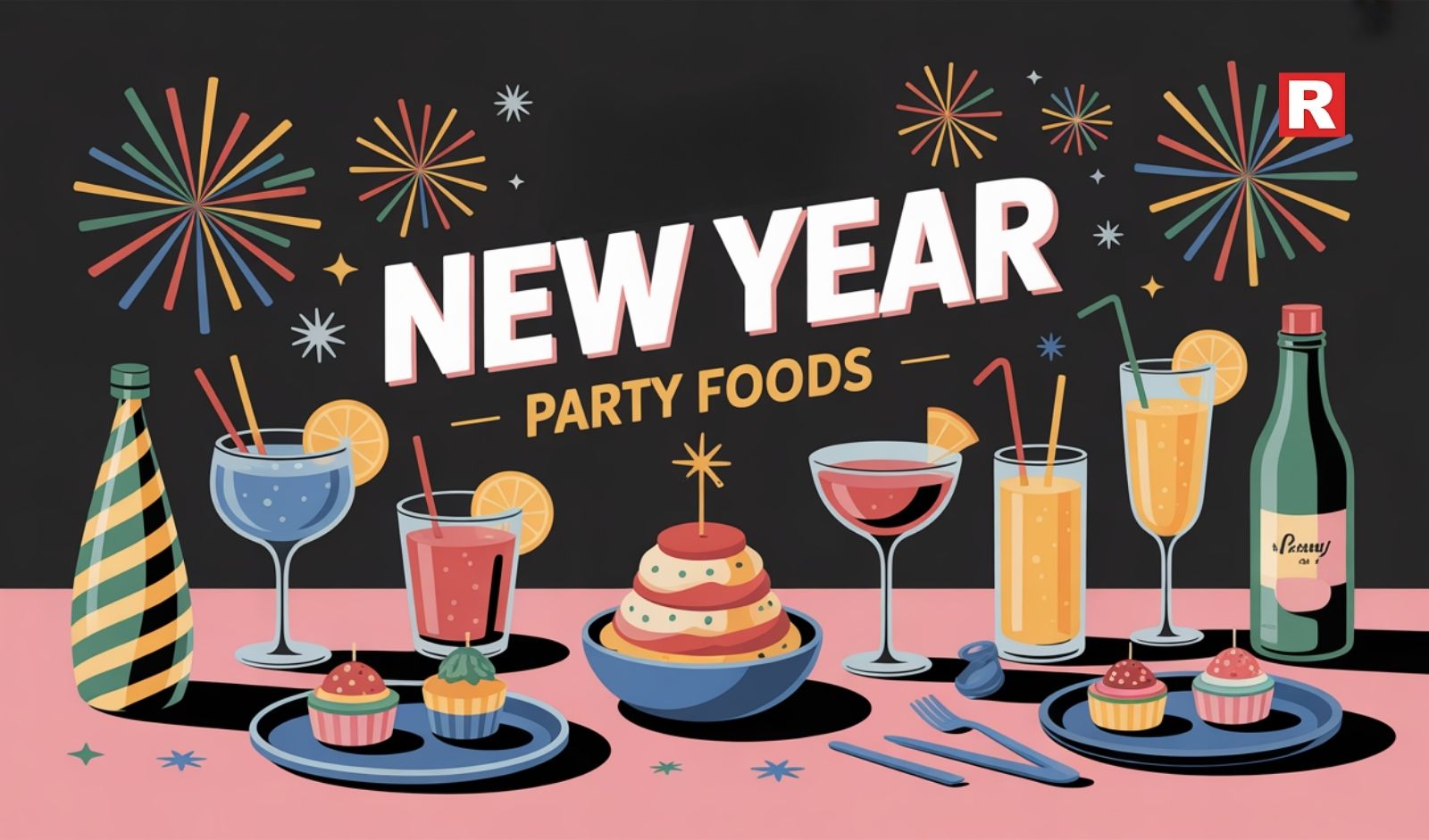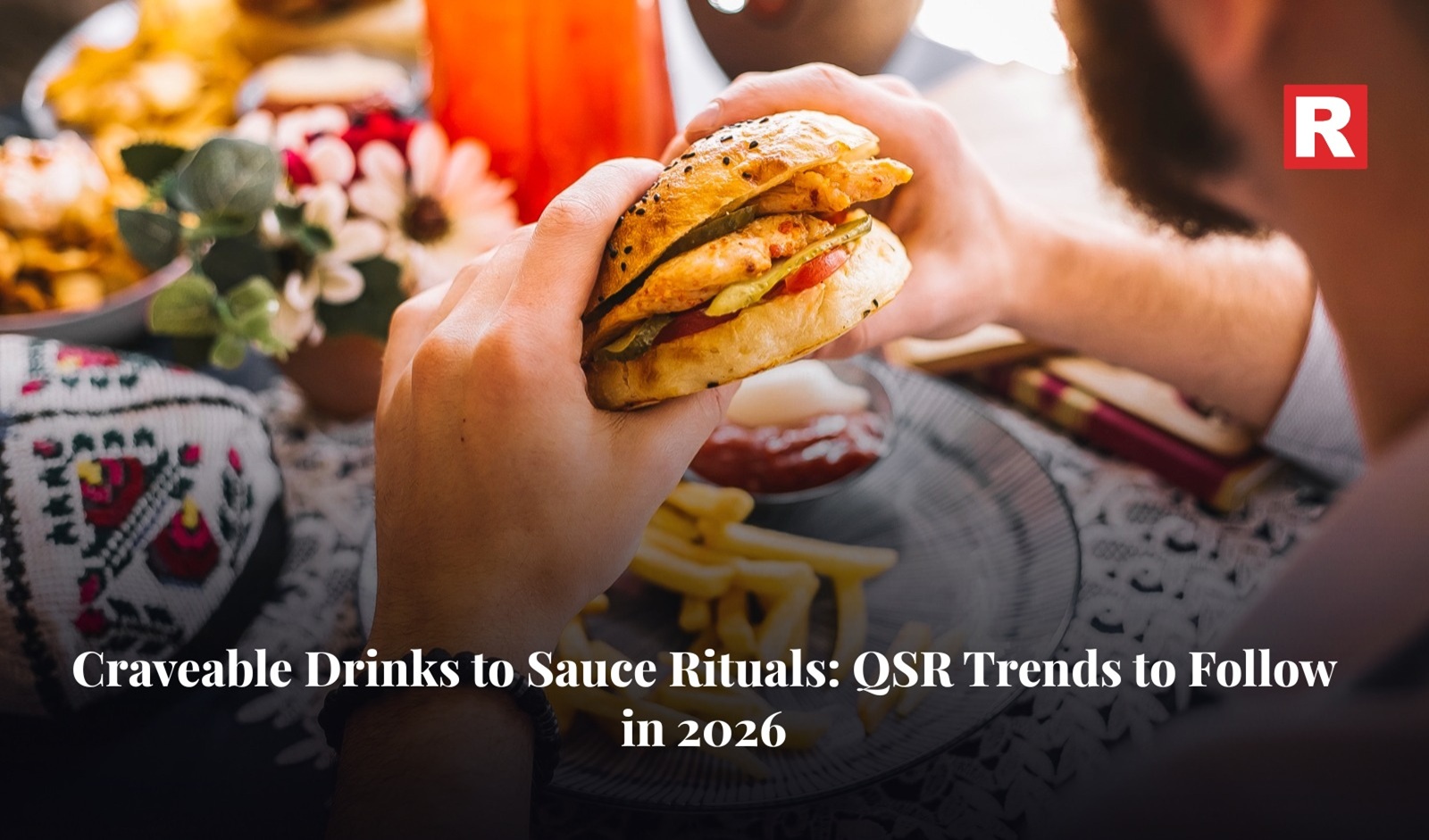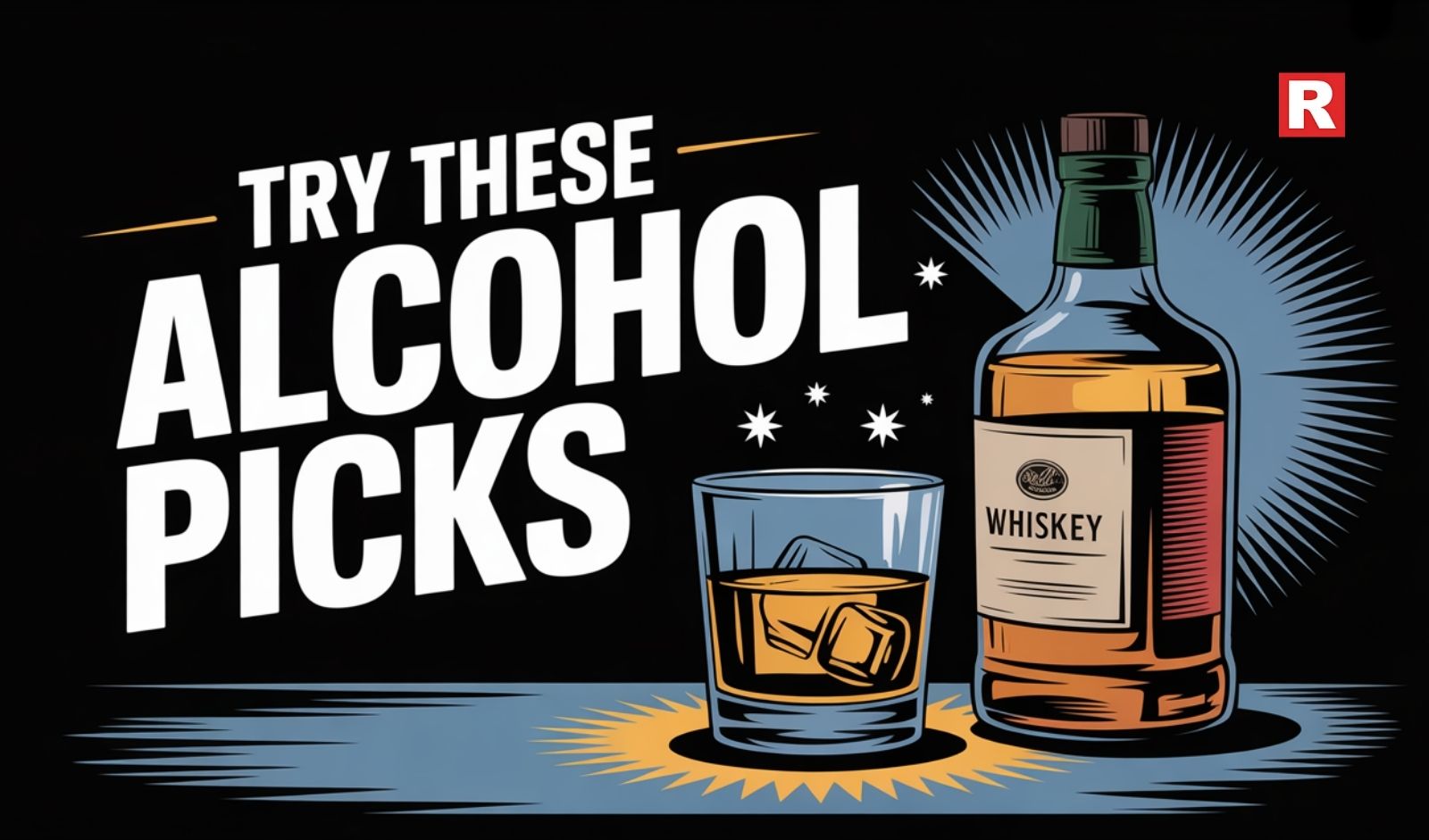
You must have heard about a wine sommelier but have you heard about a water sommelier? India’s only water sommelier can differentiate the taste of different types of water and has tasted more than 110 types of water brands across the world. In an e-mail interview with Restaurant India, Ganesh Iyer, National Sales Director, Indian Subcontinent, VEEN and India’s first and only water sommelier, elaborates about the significance of awareness regarding differences in natural, mineral and packaged water. He also tells how the task of a wine sommelier is easier than his and why the water sourced from the remotest part of Finland is one of his favourites
Who is a water sommelier?
A water sommelier is someone who is able to detect, recognise and differentiate the different types of waters based on various attributes that determine the type of water i.e. the TDS (totally dissolved solids) level, PH level, virginality, the hardness, vintage, terrior, the carbonation, the balance, etc. of the said waters and therefore on the basis of his her expertise suggest how to pair these waters, based on their attributes, with different cuisines, wines and spirits.
How do you differentiate the taste?
Each type of water is unique based on its level of mineral and TDS or other attributes like hardness or virginality. Contrary to popular perception every person has six taste buds and not four. They are sweet, salty, sour, bitter, umame and fat. Yes, umame and fat are also considered as taste buds. Now, based on these taste buds you experience water through basic taste, mouth feel, liveliness, astringency, and the after-taste of different waters.
How different is your role from wine sommeliers?
Wine sommeliers have it relatively easy from an olfactory and gustatory perspective as compared to water sommeliers because your taste buds are more familiar and can recognise a vanilla or a gooseberry flavour as compared to recognising potassium or sodium bicarbonate.
How is the mineral water packaged in India different from other countries?
Back then in the 1990s, there was just one local bottled water brand and the subsequent years saw the advent of India’s first natural mineral water brand followed by the first imported water brand. Cut that to the current scenario when there are close to half a dozen brands of natural mineral water in the market. The big change in the past few years is the emergence of flint glass as a key packaging material for natural mineral water in India following VEEN Glass’s maiden entry into the market in 2013. Globally, PET has never really been accepted on a dining table and in the culinary environment whereas this shift is currently happening in India.
Indian consumers now understand the basic difference between purified packaged drinking water and natural mineral water – the latter being more relevant in the hospitality industry. Concepts like PH, TDS and virginality of the water are vocabulary that is becoming commonly known as the category grows. Our intent is to create awareness and education about the importance and difference between natural mineral water and packaged drinking water amongst key stakeholders in the food and beverage industry and also to make people realise the importance of consuming natural products in an environment-friendly and safe packaging.
What made you take a certificate from the Doemens Academy in Graefelfing, Germany? How was your experience there?
After having spent more than two decades in the field of alcobev and non-alcobev and having had the distinction of being part of teams that launched six different brands of natural mineral waters and sparkling waters in India from the 1990’s with VEEN being the 7th water brand, I believe that it was an opportune time to validate these learnings through Doemens Academy, Gräfelfing, Munich, which is rated as one of the best academies to get yourself accredited as a water sommelier.
As a part of this course, we had 80 odd sessions which included practical and theory classes and subsequent to which you got to sit for the final examination which is pretty intense and have to have a good score to finally get certified. During this 18-day program we undertook three visits to different natural mineral water factories; the most important of them being the Adelholzener Alpenquellen GmbH in the Chiemgau region of South Germany that produces natural mineral waters, sparkling waters and medicinal waters.
How many types of water have you encountered? Which one did you like the most and why?
As a part of my overall experience, including the time spent at the Doemans Academy for my water sommelier course, I have encountered and tasted close to 110+ types of water brands including natural mineral waters, sparkling waters, etc. and out of this my personal favourite is VEEN Velvet - STIL water that is bottled in Finland, because it’s considered as the smoothest water on the planet on account of an extremely low TDS. The source where this is bottled is in one of the remotest parts of Finland which is Konnisajo Springs, Lapland, close to the Arctic Circle with an average population of two people per sq. km.
Copyright © 2009 - 2026 Restaurant India.









